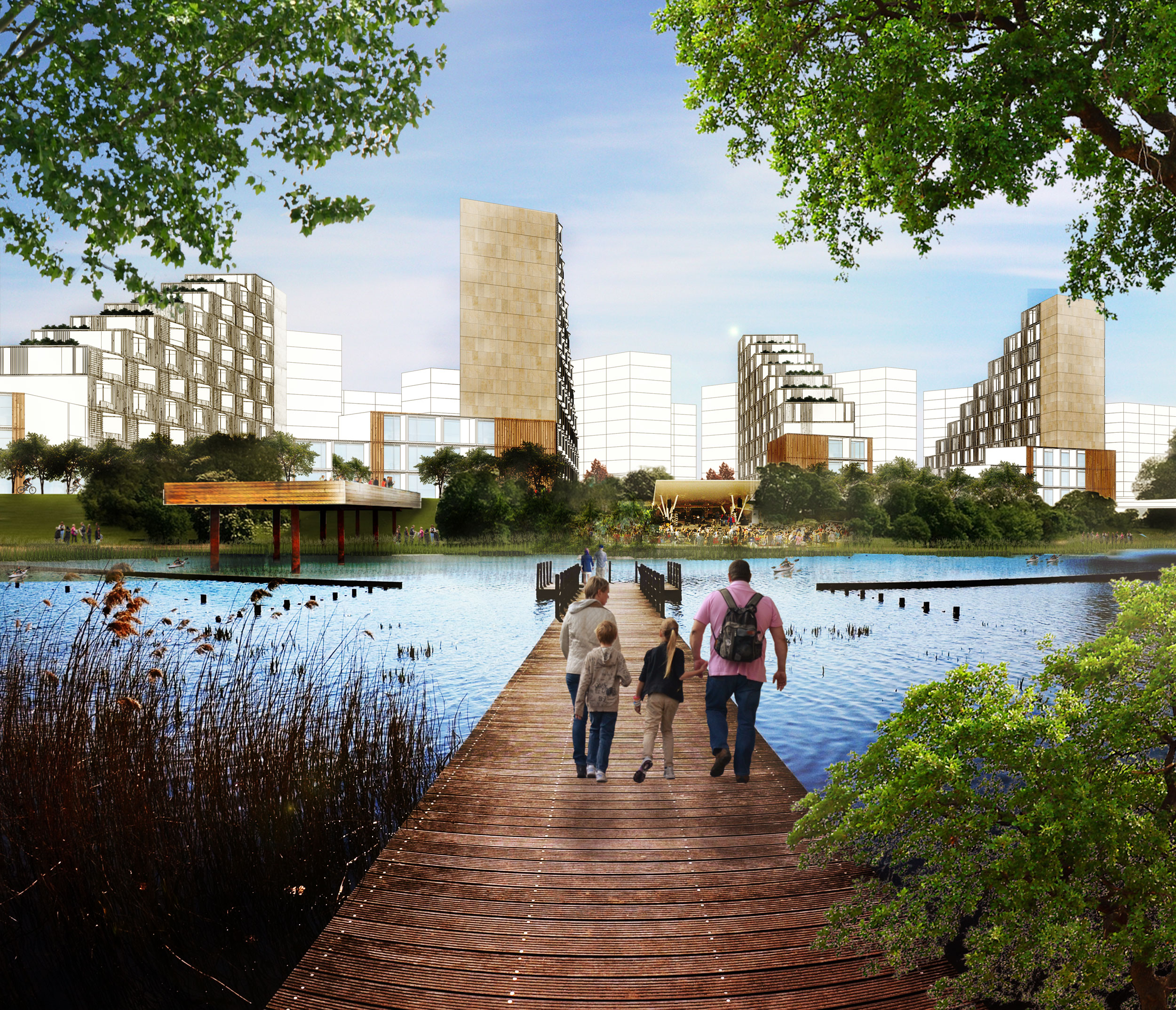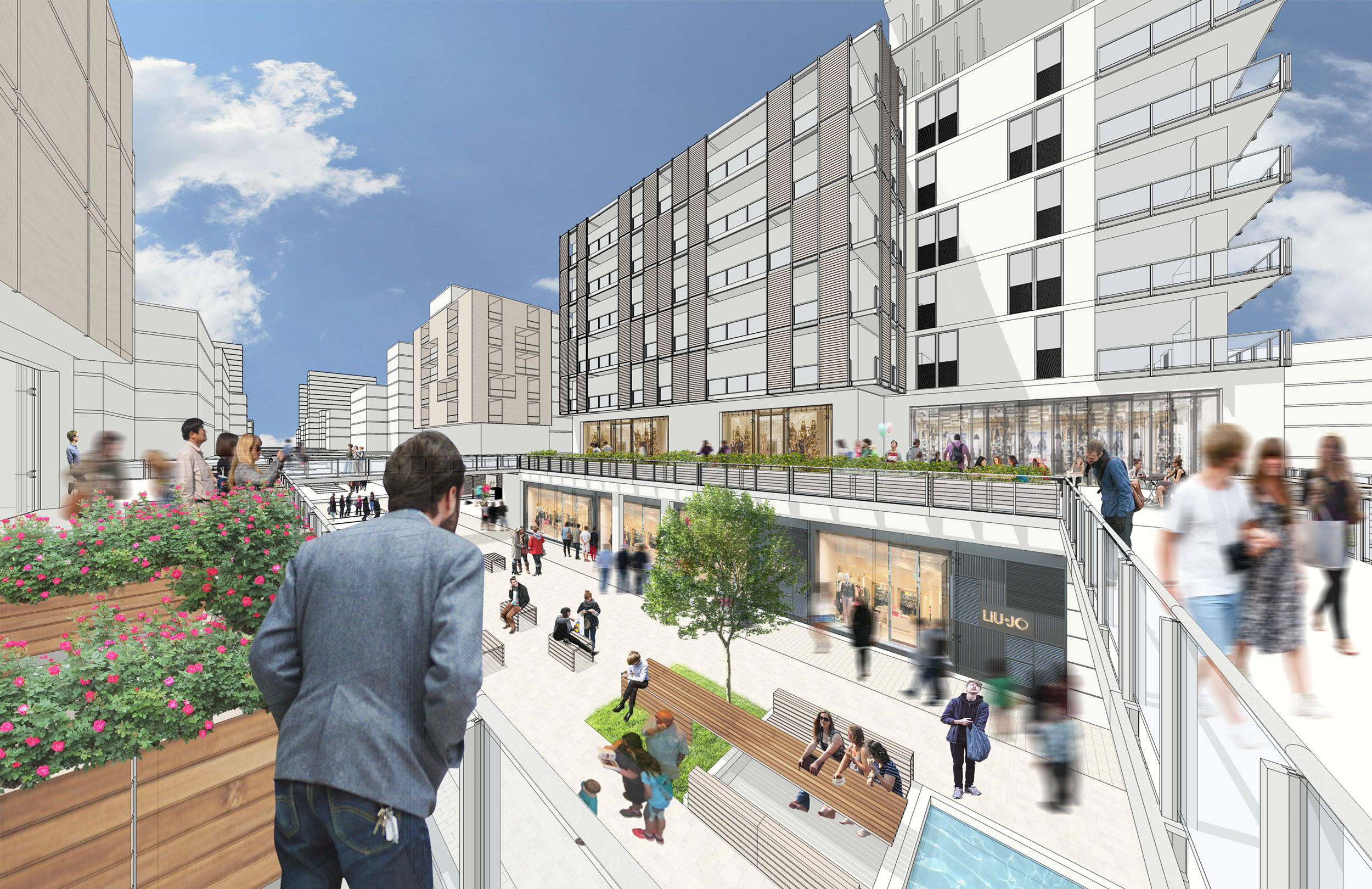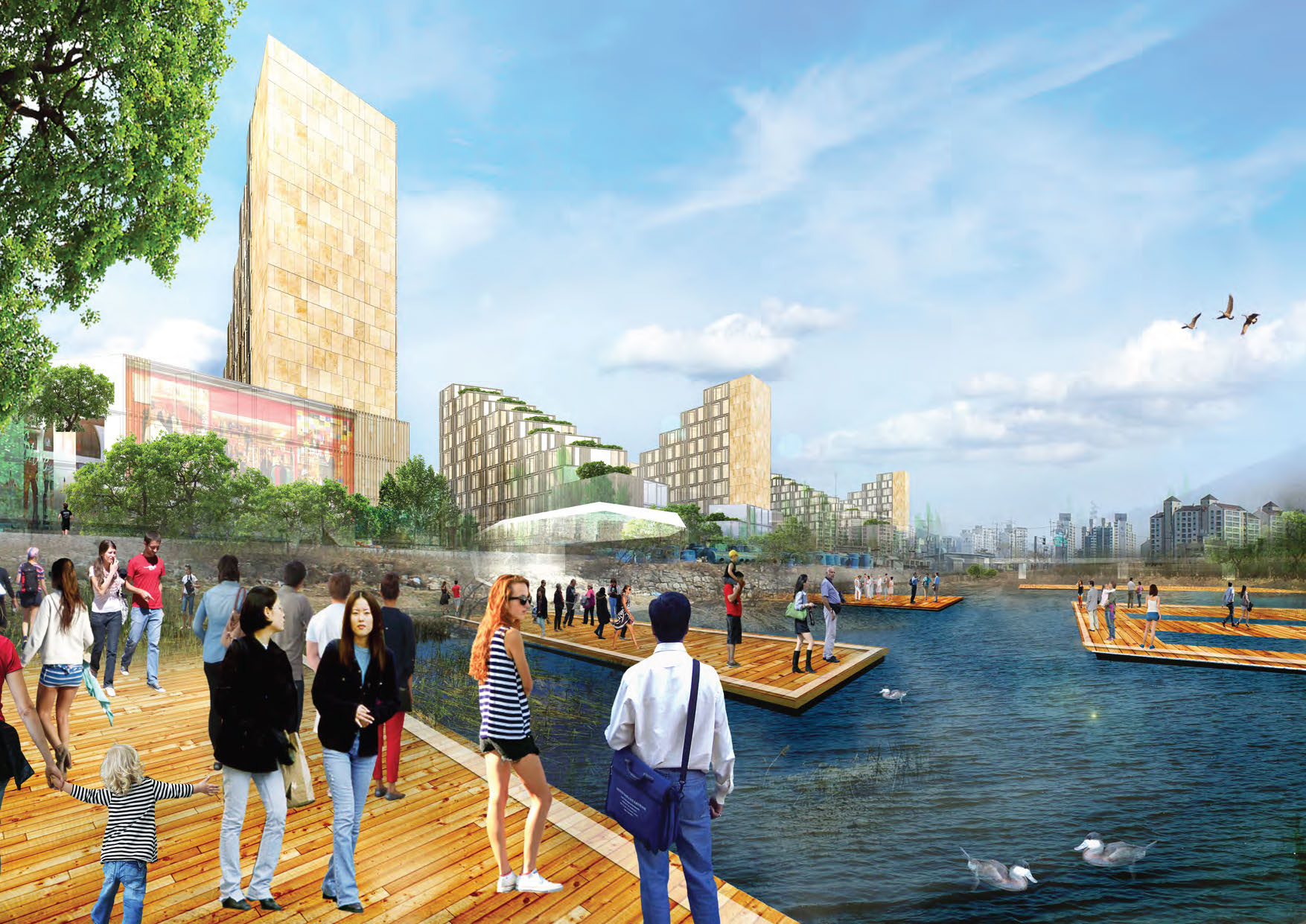Examining sustainable urban design principles for emerging satellite ecocities of a megacity using the case of Yangpyeong and Seoul in S. Korea
Jin Young Song1*, Seohong Min2
1University at Buffalo, the State University of New York, Department of Architecture, USA
2MMKM Associates, S. Korea
Keywords: Ecocity, Satellite city, Sustainability, Sustainable urban design
The ecocity must re-examine its form and function when applied in any unique setting, like an emerging satellite city of a global megacity. Seoul is a metropolis of 10 million people, while Yangpyeong is a suburb of Seoul with a population of only about 0.1 million people. Although the low density city has vital natural assets, convenient links to the Seoul Metro system (about 30-40 minutes by subway from Yangpyeong to the heart of Seoul), recreational attractions, and national bike paths, Yangpyeong has been wrestling with the low development due to regulations related the water preservation, resulting in uncontrolled sprawl, lack of cultural / commercial destinations, and weak community activities. Therefore, the research focuses on the framework of ‘satellite eco-city’ as efficient development plans in the relationship with Seoul. This comprehensive plan, ‘Compact Renaissance’ is to draw more visitors and new residents from new nearby megacity, spurring sustainable economic growth with minimal impact on nature. Considerations for the Compact Renaissance are tested with an applied planning framework that takes a dynamic approach to the local context and research into the impacts of urban form on the environment and public well-being. Studio based research, comprehensive site studies, meetings with local government teams and design consultants have uncovered the existing attractions in specific areas in Yangsu, Kuksu and Obin, which will be the point of compact development to maximize the impact to larger area.

Image 1. Concept diagram of ‘Compact Renaissance’
This model offers principles useful for growth while protecting nature, and views cities in context of their broader systems. The approach supports a social and cultural framework for the city, which does not impose any particular morphological expression but rather suggests a new take on urban form that fosters open structures for citizens to shape their own experience in connecting with nature. Roles for both top-down and bottom-up planning are endorsed, with top-down role players forming a guiding development pattern continually shaped by on-going citizen sharing. Thus, a flexible approach to ecocity integrates existing networks to renew connections between city residents and nature while protecting the environment and improving public health, well-being and happiness. The research findings suggest additional strategies for Yangpyeong’s current initiative; and demonstrate an objective, flexible process of testing planning approaches.

Image 2. Loop development proposal at Yangsu area

Image 3. Waterfront residential strategy at Obin area
Acknowledgement
This research is supported by the government of Yangpyeong, South Korea. The design research is conducted by a consortium of MMKM Associates, S. Korea (Seohong Min, Principal) and the SUNY at Buffalo School of Architecture and Planning (Prof. Jin Young Song, Principal Investigator and students of ARC404/608 studio), advised by UB Regional Institute (Brian Conely, researcher), and SWA Group (Nara Park, Landscape Architect at LA office).
Corresponding Author: Jin Young Song (jysong@gmail.com)

Yangsu West

Ynagsu East

Guksu

Obin
Team:
SUNY Buffalo
뉴욕 주립대, 버팔로
Jin Young Song, Assistant Professor at UB, Coordinator, jsong11@buffalo.edu
Brian Conley, UBRI, Teaching Fellow, bwconley@buffalo.edu
Seohong Min, MINIMAX Architects, Teaching Fellow, Seohong.min@gmail.com
Na Ra Park, SWA Group, Teaching Fellow, NPARK@swagroup.com
송진영 뉴욕 주립대 교수
브라이언 콘리, 뉴욕 주립대 지역학 연구소 연구원
민서홍, 미니맥스 아키텍츠 대표
박나라, SWA그룹 조경 디자이너
William Becker (wjbecker@buffalo.edu)
Han Du (handu@buffalo.edu)
Tino Goo (hmgoo@buffalo.edu)
Sarah Cleversley (sarahcle@buffalo.edu)
Ryan Hughes (ryanhugh@buffalo.edu)
Farrah Matovu (farrahnd@buffalo.edu)
Aaron Salva (aaronsal@buffalo.edu)
Hashim Ajlouni (hashimra@buffalo.edu)
Yangxin Bai (yangxinb@buffalo.edu)
John Wightman (johnwigh@buffalo.edu)
MINIMAX Architects
미니맥스 아키텍츠
Seohong Min, Principal and Co-founder
Wonjae Lee, Director and Co-founder
민서홍, 미니맥스 아키텍츠 대표
이원재, 미니맥스 아키텍츠 대표
Consultant
자문위원
Na Ra Park, SWA Group
NPARK@swagroup.com
박나라, SWA그룹 조경 디자이너